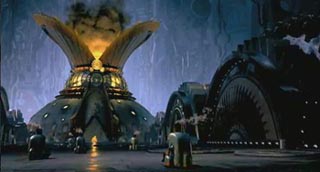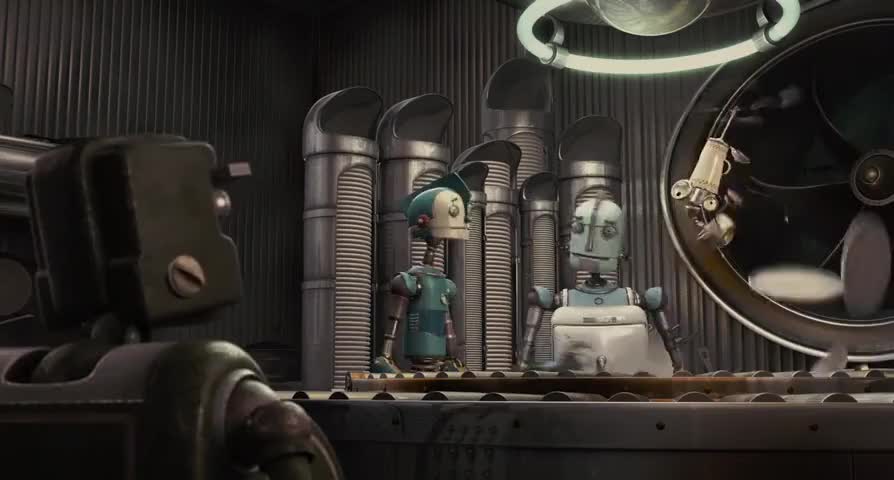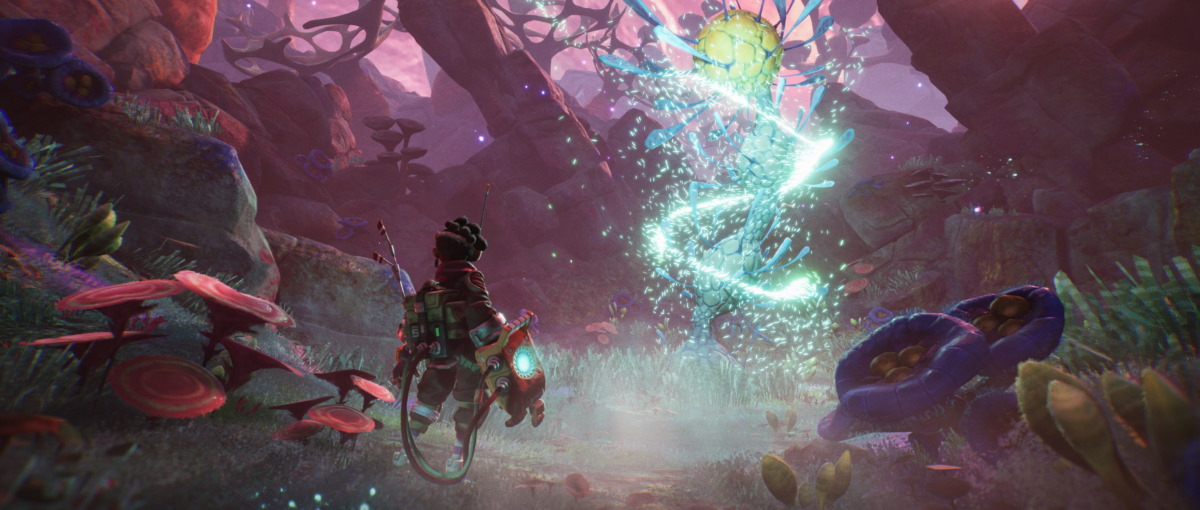

Other biofilms are beneficial and can be used to solve serious problems (such as ground contamination from an oil spill).īiofilms have been found to be involved in a wide variety of microbial infections in the body. Many biofilms are quite harmful (for example, when they produce infections in wounds) and must be treated or controlled. How do biofilms impact our World? īiofilms are a natural part of the ecology of the earth.

Biofilms grow virtually everywhere, in almost any environment where there is a combination of moisture, nutrients, and a surface. How do biofilms form? Ī biofilm forms when microorganisms adhere to the surface of some object in a moist environment and begin to reproduce. For example, over 500 bacterial species have been identified in typical dental plaque biofilms. A biofilm is composed of living, reproducing microorganisms, such as bacteria, which exist as a colony, or community.Ī biofilm community can be formed by a single kind of microorganism, but in nature biofilms almost always consist of mixtures of many species of bacteria, as well as fungi, algae, yeasts, along with non-living debris and corrosion products. Under such growth conditions exopolysaccharide production is often increased, which could form a exopolymer slime layer and protect the bacteria against a variety of antimicrobial agents as well as against host attack.


The ability of biofilm formation does not appear to be restricted to any specific group of microorganisms and it is now considered that all microorganisms are capable of forming biofilms in appropriate environmental conditions What are biofilms? īiofilms are defined as sessile communities characterized by cells that are irreversibly attached to a surface or to each other, embedded in a matrix of extracellular polymeric substances (EPS), and that exhibit differential phenotypic characteristics with respect to their planktonic counterparts. If someone has ever walked in a stream or river, they may have slipped on rocks that were slimy with biofilm. For example, the plaque that forms on the teeth and causes tooth decay is one type of bacterial biofilm the mucous material that covers a vase in which we have deposited flowers and the gunk that clogs the household drains are also biofilms. We can encounter biofilms everywhere, and their presence has a huge impact on various aspects of our lives. Microbial biofilms are widely present in nature where this kind of growth is the usual form of bacterial growth. The study of biofilms represents a new way of understanding the microbiology of virtually everything around us, from problems which affect industries to serious public health issues.


 0 kommentar(er)
0 kommentar(er)
